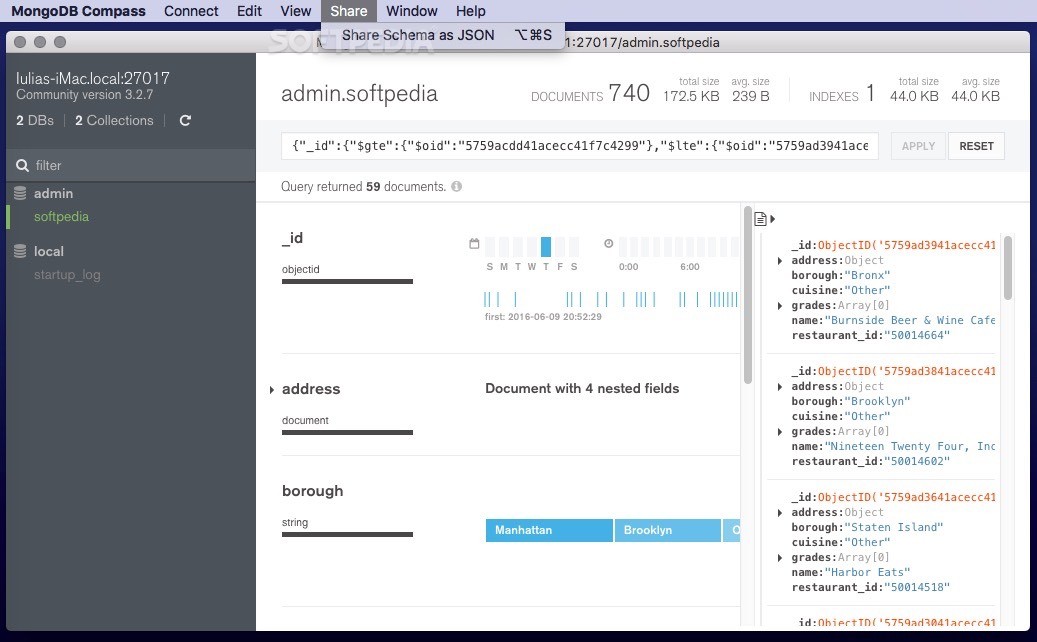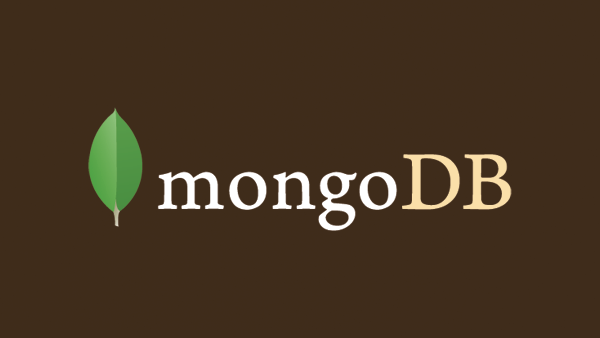
MongoDB does not ship with this enabled by default. The users cannot pass access permissions on to other users at their discretion. If you're interested, here is the definition from David Ferraiolo's and Richard Kuhn's conference paper "Role-Based Access Controls":Ī role-based access control (RBAC) policy bases access control decisions on the functions a user is allowed to perform within an organization. There is a ton of material available on what RBAC is. MongoDB uses role-based access control (RBAC) to allow for the governance (er. By applying this principle now, we're ensuring that we build our application with a level of access that we'll have in a production environment. This section will walk through some basic steps we can take to protect our instance.Īs a rule, we should try to adhere to the principle of least privilege (PoLP). Even now, it still doesn't ship with any kind of access control or authentication enabled by default unless you have an enterprise-licensed version 💰. Up until version 3.6, MongoDB used to allow any connection on port 27017 by default (meaning if you weren't behind a firewall, anyone could pop into your database). MongoDB and the security community have had an interesting relationship. For those of you who are familiar with relational databases and sql, this is the mongo equivalent of select * from pokemon.pokemons. pretty() method to make the output easier to read. We can see the "pokemons" collection was created so we use db.pokemons.find().pretty() to check that the data was imported. We use the pokemon database then list its collections using show collections. Once we pop a shell, we're using the show dbs command to list all available databases to verify we've created the pokemon database. MongoDB provides a Javascript-based shell through it's mongo command. Finally, we're specifying pokemon.json as our import file. We're telling the import command to treat the data file as a JSON Array. We're creating a collection called "pokemons" using the -c flag. We're creating a database called "pokemon" using the -d flag. In this case, we're using flags to accomplish a few things.

MongoDB's mongoimport command allows us to bulk load data. Once it's downloaded, you use cd to drop down into the repository. Git's clone command will copy my forked repository to your local machine. Mongoimport -d pokemon -c pokemons -jsonArray < pokemon.json Make sure you have started your MongoDB instance then open your terminal, navigate to a clean directory, and run the following: To keep this simple, I've forked this repo and trimmed it down to the single dataset file we'll need. We'll be using the dataset from the mongo-pokemon repository provided by ALT-WDI. Now that we've installed and started our MongoDB, we need to populate it with data. You can also use ps (with a | grep mongo* in this case). If you want to verify, you can use jobs -l to print the process running background and its PID. It allows your shell to manage the command(s) issued in the background this outputs the process identifier (PID). Instead, we're directly invoking mongod, MongoDB's parent process, with a reference to our 'nf' using the -config flag.

Consequently, it does not pull in a fresh copy of your configuration file on each startup.

This is because brew services uses launchctl's plist files. In addition to the MongoDB binaries, Homebrew creates your configuration file ( nf) and necessary paths.ĭespite using Homebrew for installation, we will not be using their services command. We run install knowing that it is using the MongoDB formulae we specified before.

This means that it adds a reference/link to that GitHub repository in your Homebrew for future use. Homebrew's tap command creates a shallow clone of MongoDB's formulae.


 0 kommentar(er)
0 kommentar(er)
